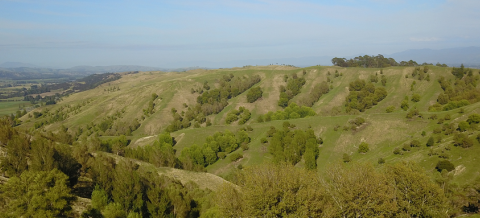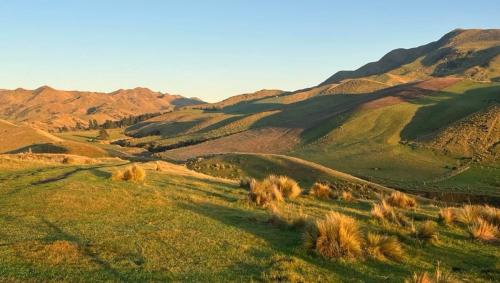Search results
Displaying 191 - 200 results of 693
- Industry data… analyses export statistical data regularly surveys sheep beef farmers throughout year … means rebuild affected farms fewer livestock lower feed levels new season outlook … 2 below too soon know longterm trend meat livestock australia mla reported may 20241 42 …
- Factsheetcompany constitution insert name company constitution document constitutional document equity partnership form company should used conjunction shareholders agreement prepared completed consultation …
- Factsheet… environment 2 management every day keep your stock stress free means adequate feed freedom … health problems access clean water good stockmanship awareness changes stock behaviour etc genetics customise your …
- Industry data… conditions 4 lamb mutton 4 beef 4 livestock numbers 5 sheep beef farms 5 economic … rate sensitivity 202021 11 sheep 12 livestock numbers 12 beef cattle 12 dairy cattle … made when beef lamb new zealands lamb crop survey completed november mutton number adult …
- User guide… 0800 233 352 wwwbeeflambnzcom farmers farmers stock numbers open close stock you own your farm stock you graze onfarm … farm class beef lamb new zealands sheep beef survey classify sheep beef farms 8 farm …
- Resource book… rotation 9 feed budgeting 10 reconciliation stock carried 10 assessment pasture cover 10 … your individual preferences important stock policy decisions like sheepcattle ratios … new zealands economic service sheep beef farm survey 200809 example clearly shows top farms …
- Factsheet… population although have been any recent survey well known resistance some kind present … refugia small number farms farmers drench stock triple combination drench all worms die … went biggest negative from leaving some stock undrenched level larvae pasture …
- NewsThe raft of new and proposed environmental regulations has created significant administrative and financial burden on farmers, according to new research released by Beef + Lamb New Zealand …

- News… reduction progress is critical. A new survey shows what the public thinks. …

- News… infrastructure in place before transitioning stock onto crops. …
